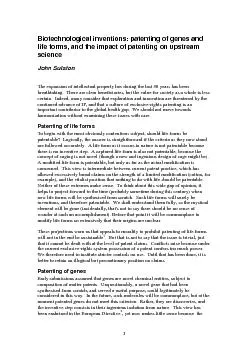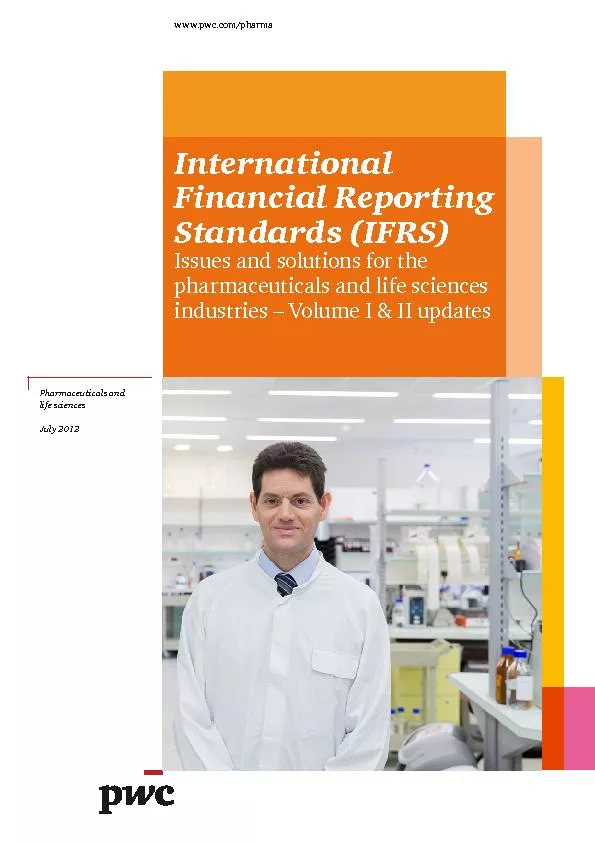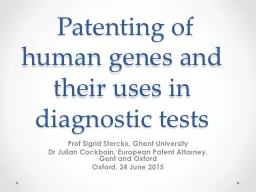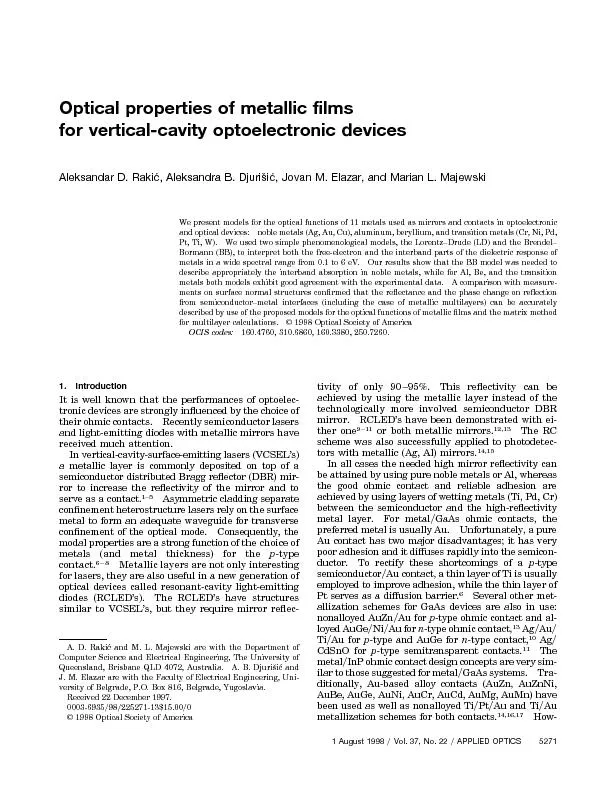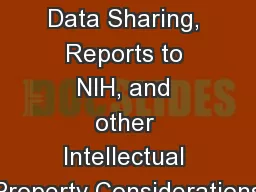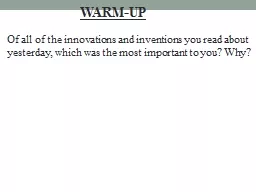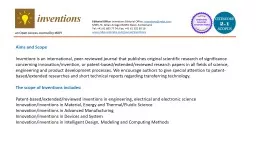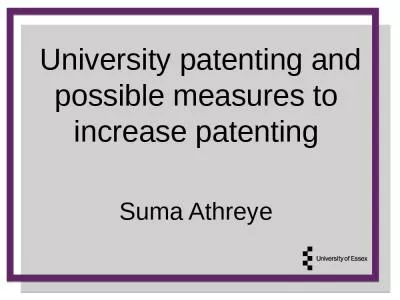PDF-Biotechnological inventions: patenting of genes andlife forms, and the
Author : jane-oiler | Published Date : 2015-08-25
isolation of genes has been obvious for many years With the sequencing and openrelease of whole genomes that has taken place over the last decade there is little
Presentation Embed Code
Download Presentation
Download Presentation The PPT/PDF document "Biotechnological inventions: patenting o..." is the property of its rightful owner. Permission is granted to download and print the materials on this website for personal, non-commercial use only, and to display it on your personal computer provided you do not modify the materials and that you retain all copyright notices contained in the materials. By downloading content from our website, you accept the terms of this agreement.
Biotechnological inventions: patenting of genes andlife forms, and the: Transcript
Download Rules Of Document
"Biotechnological inventions: patenting of genes andlife forms, and the"The content belongs to its owner. You may download and print it for personal use, without modification, and keep all copyright notices. By downloading, you agree to these terms.
Related Documents

